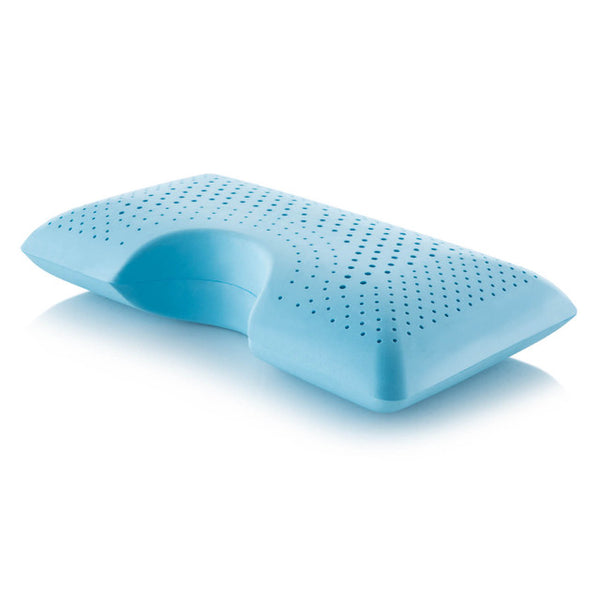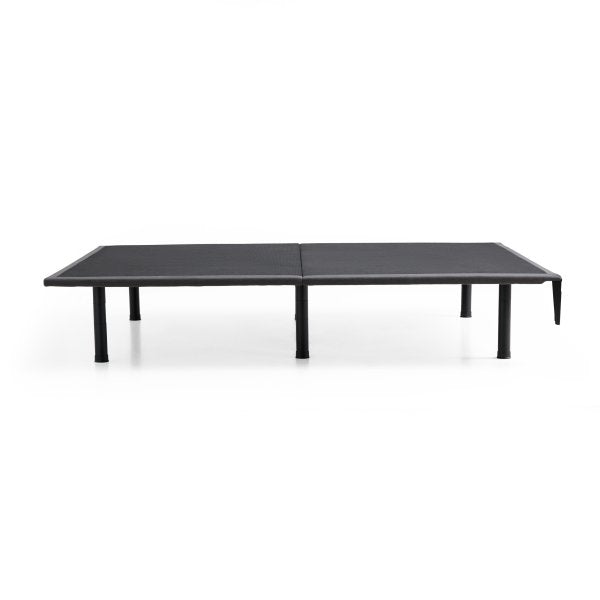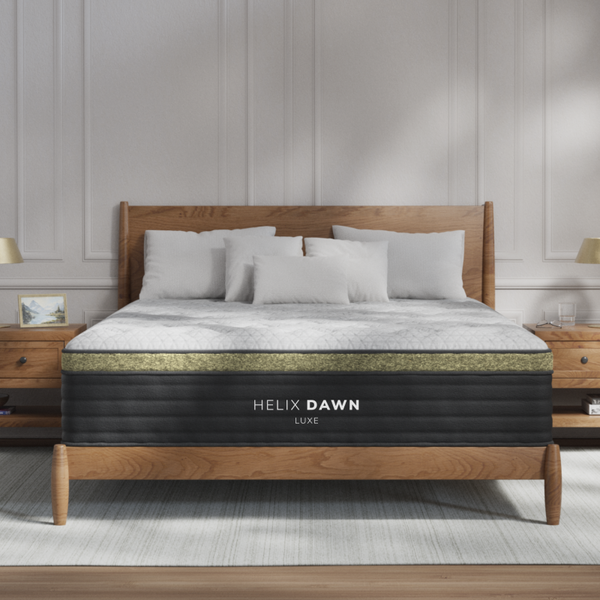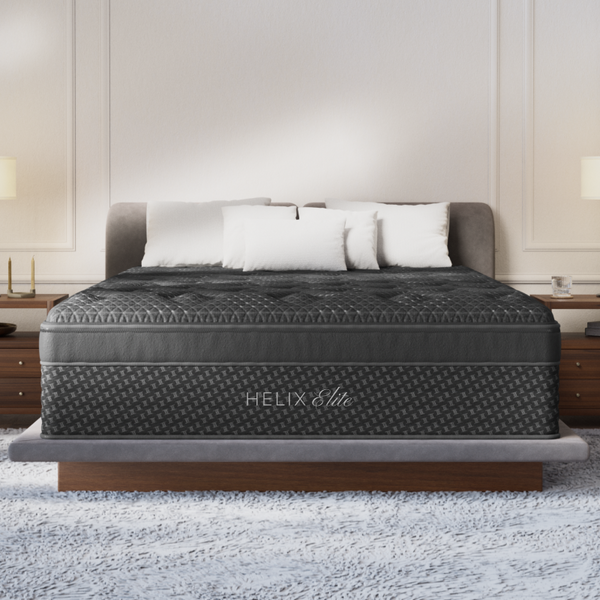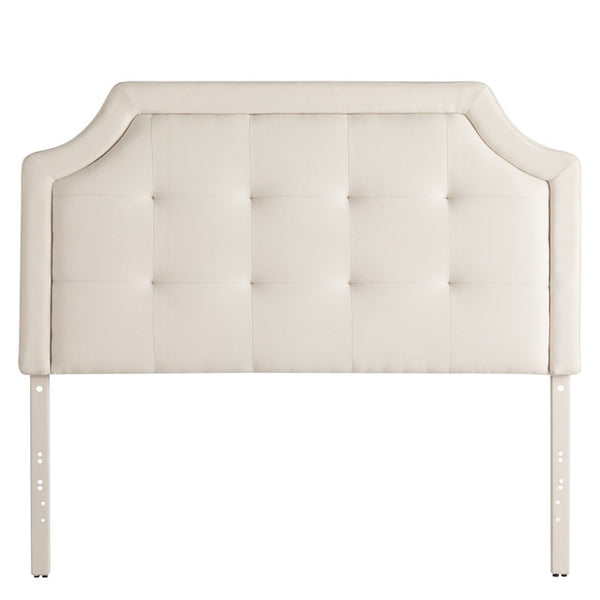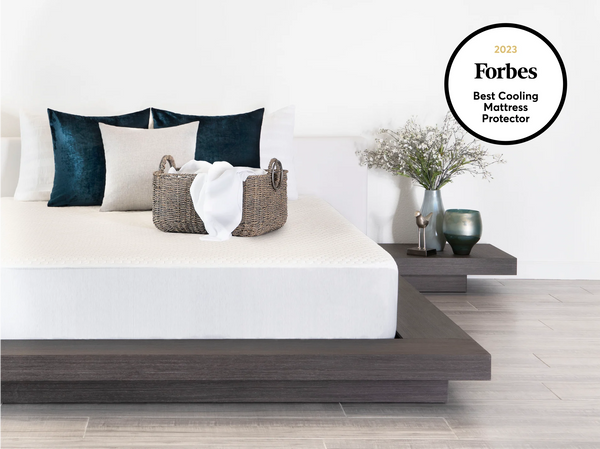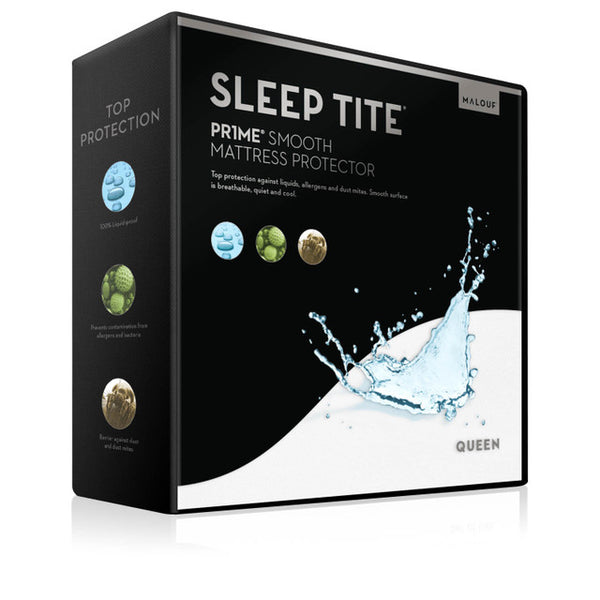
Overview
Mattress allergies, caused by allergens like dust mites, mold, and pet dander, can disrupt sleep and worsen symptoms for those with pre-existing conditions. Common symptoms include sneezing, itchy eyes, and skin irritations. To manage mattress allergies, use allergy-proof covers, maintain cleanliness, control humidity, and choose hypoallergenic materials. Regular check-ups with healthcare professionals and a focus on overall wellness can also help improve symptoms. Implementing these strategies can lead to a more restful and allergen-free sleep environment.
Frequently Asked Questions
1. What are mattress allergies?
2. What are the common symptoms of mattress allergies?
3. How can I identify if I have mattress allergies?
4. What strategies can help manage mattress allergies?
5. Should I consult a healthcare professional about my allergies?
Waking up with itchy eyes, a stuffy nose, or skin irritations can be frustrating, especially when you spend a significant amount of time in bed. Mattress allergies are more common than you may think, and they can significantly affect your quality of sleep. In this blog post, we will explore what causes mattress allergies, how to identify them, and essential tips for managing and preventing these allergic reactions. Let’s delve into a peaceful night’s sleep together!
Understanding Mattress Allergies
When discussing mattress allergies, it’s vital to understand that the term typically refers to allergic reactions caused by dust mites, mold, and other allergens that may dwell in your bedding. These allergens can lead to discomfort and disrupt your sleep quality. People with pre-existing conditions like asthma or eczema may find their symptoms exacerbated in the presence of these allergens. But don't worry; there are proactive steps you can take to minimize their impact.
Common Causes of Mattress Allergies
Before we delve into solutions, it’s important to understand what you’re dealing with. Here are some common allergens found in mattresses:
- Dust Mites: Microscopic creatures that thrive in warm, humid environments. They feed on dead skin cells, making your bedding the perfect habitat.
- Mold: This thrives in damp areas, and mattresses can attract mold if not properly maintained. Mold spores can trigger allergic reactions and respiratory issues.
- Pollen: If you live in a region with high pollen counts, you may inadvertently bring these allergens into your home and onto your bedding.
- Pet Dander: If you share your bed with furry friends, their dander can contribute to allergic reactions during sleep.
Identifying Mattress Allergies
How can you tell if your symptoms are due to your mattress? Here are some signs that suggest you might be suffering from mattress allergies:
- Persistent Sneezing: Frequent sneezing or nasal congestion, especially upon waking, can indicate a reaction to allergens.
- Itchy or Watery Eyes: Allergies can cause irritation and watering of the eyes, exacerbated by dust or mold presence in your bedding.
- Skin Irritations: Rash, eczema flare-ups, or other skin reactions may suggest an allergy to materials or contaminants in your mattress.
- Worsening Asthma Symptoms: If you find it difficult to breathe or cough while in bed, it’s crucial to evaluate your sleeping environment.
Strategies for Managing Mattress Allergies
Now that you're aware of the causes and symptoms of mattress allergies, let’s explore some effective strategies to manage and minimize these allergens in your sleeping environment.
Invest in Allergy-Proof Covers
A great first line of defense is to use allergy-proof mattress and pillow covers. These specialized covers are designed to prevent dust mites and other allergens from penetrating your bedding, providing a barrier to keep irritants at bay. Opt for covers that are machine washable for easy cleaning.
Regular Cleaning is Key
Maintaining a clean sleeping environment is crucial in reducing allergens. Here are some steps you can take:
- Wash Bedding Weekly: Wash sheets, pillowcases, and blankets in hot water (at least 130°F) to eliminate dust mites and bacteria.
- Vacuum Your Mattress: Use a vacuum cleaner equipped with a HEPA filter to thoroughly clean your mattress every month. This practice will help remove dust and allergens accumulated over time.
- Rotate and Flip Your Mattress: Doing this every 3 to 6 months can help reduce sagging and maintain your mattress's integrity while minimizing allergens.
Control Humidity Levels
Dust mites and mold thrive in humid conditions. By controlling indoor humidity levels, you can create an inhospitable environment for these allergens.
- Use a Dehumidifier: Keep humidity levels below 50% in your bedroom to limit dust mite and mold growth.
- Ventilation: Ensure adequate airflow in your bedroom. Open windows when the weather permits and consider using exhaust fans.
- Bathroom & Kitchen Inspections: Address leaks or damp areas in your home that may contribute to elevated humidity levels.
The Importance of Choosing Hypoallergenic Materials
When investing in new bedding or a mattress, consider hypoallergenic options made from materials that are less likely to trigger allergic reactions. Here are factors to keep in mind:
- Natural Fibers: Wool, cotton, and bamboo are excellent choices due to their breathability and resistance to allergens.
- Low VOC Materials: Volatile Organic Compounds (VOCs) can contribute to indoor air pollution. Choose mattresses and bedding that are certified low in emissions.
- Memory Foam and Latex: Consider mattresses made from these materials, as they can be less hospitable to dust mites compared to traditional innerspring mattresses.
Bringing the Outdoors In: Keeping Allergens Out
Your mattress isn’t the only source of allergies—bringing allergens from outside into your home can trigger reactions as well. Here are some tips to consider:
- Leave Shoes at the Door: Remove shoes before entering your bedroom to minimize tracking in pollen and dirt.
- Regular Dusting: Dust surfaces in your bedroom frequently, using damp cloths to trap and eliminate dust instead of scattering it around.
- Air Purifiers: Consider using air purifiers equipped with HEPA filters in your bedroom, helping to reduce airborne allergens.
Minimize Pet Allergens
If you have pets, they can contribute to allergens in your mattress. Here are some ways to reduce dander exposure:
- Pet-Free Zone: Designate your bedroom as a pet-free zone to significantly reduce allergen exposure while you sleep.
- Regular Grooming: Regularly groom your pets to minimize loose fur and dander and bathe them every few weeks.
- Wash Pet Bedding: Just like your own bedding, wash your pet's bedding to help control allergens.
Understanding Symptoms Better
If you think you may have mattress allergies, it’s essential to consult with a healthcare professional to get an accurate diagnosis. They may recommend testing to identify specific allergens impacting you, which can inform your management strategies.
Over-the-Counter Relief
For immediate relief from allergy symptoms, consider using over-the-counter antihistamines or nasal sprays. However, consult with a healthcare professional first to ensure these options are safe for you, and inquire about other potential treatments.
Routine Check-ups for Healthier Living
Regular check-ups with your healthcare provider can help you monitor the impact of allergies on your health. They can provide personalized advice that takes into account your medical history and lifestyle choices, helping you keep those pesky allergen issues under control.
Sustainable Sleep: A Focus on Your Overall Wellness
Dealing with mattress allergies doesn't just mean targeting the surface level; it involves a holistic approach. Focusing on your overall wellness—through diet, exercise, and stress management—can boost your immune system and reduce the severity of your reactions over time. As you create a more allergen-free sleeping environment and implement self-care practices, you’ll likely see an improvement in your overall quality of life.
By following the suggestions outlined in this article, you’re a step closer to enjoying a peaceful and uninterrupted night’s sleep, free from the disruptions that mattress allergies can cause. So go ahead, take control of your sleeping space and embrace the restful nights that are well within your reach!
Discover the creativity of other Shopify or Wix store owners by visiting their stores. Follow this link to their online store. Please remember that this is a promotional link, and we assume no liability for the content of the linked store.


